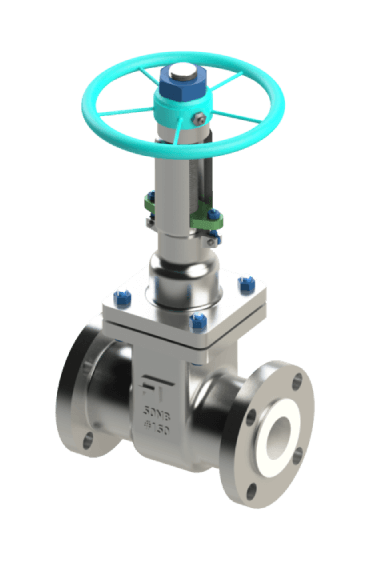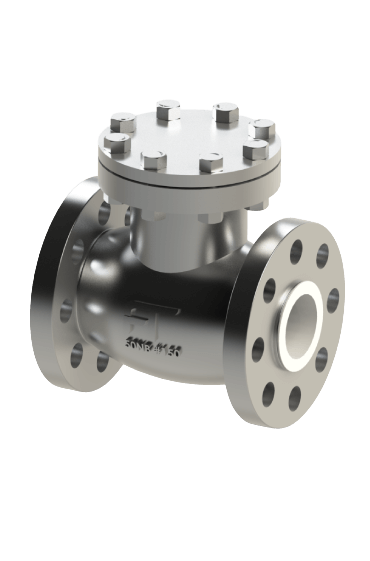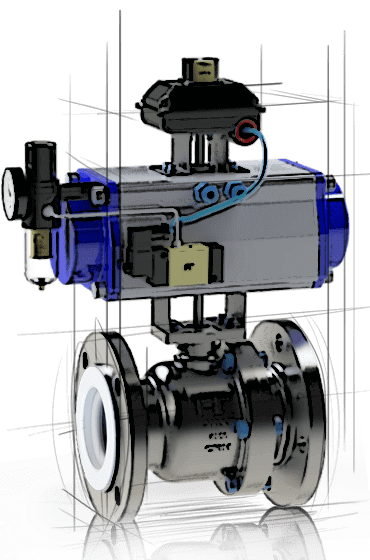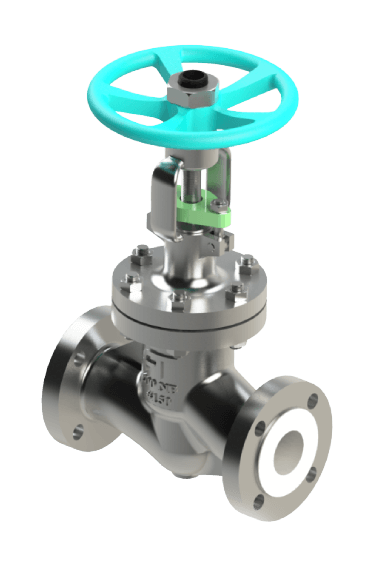Proper installation and maintenance of lined gate valves are essential to ensure their long-term performance, especially in corrosive and demanding environments. Following best practices can help prevent premature failure, reduce downtime, and extend the valve's service life. This article outlines key installation guidelines and maintenance tips for lined gate valves to maximize their performance and reliability.
Installation Guidelines for Lined Gate Valves
Inspect the Valve and Lining: Before installation, inspect the valve and its lining for any visible damage or defects. Ensure that the lining material is intact, without cracks, bubbles, or signs of wear.
Choose the Right Gasket Material: Select a gasket material that is compatible with the fluid being handled and matches the chemical resistance of the valve's lining. This will help ensure a proper seal between the valve and the pipe.
Alignment of the Valve: Proper alignment of the valve with the pipeline is crucial to avoid unnecessary stress on the valve body and lining. Misalignment can cause deformation of the lining, leading to leaks or valve failure.
Torque the Bolts Evenly: When tightening the bolts, follow a crisscross pattern to ensure even torque distribution. This helps prevent damage to the valve lining and ensures a uniform seal.
Avoid Over-Tightening: Excessive tightening of bolts can deform the valve lining or damage the gasket, compromising the valve's sealing performance.
Maintenance Tips for Lined Gate Valves
Regular Inspection: Conduct routine inspections of the valve to check for signs of wear, damage, or leaks. Pay special attention to the condition of the lining and the sealing components.
Lubricate the Valve Stem: Lubricating the valve stem periodically can help reduce friction and wear on the valve components, ensuring smooth operation.
Clean the Valve Seat and Lining: If the valve is exposed to abrasive materials or scaling substances, clean the seat and lining regularly to prevent buildup that could damage the lining or affect the valve's sealing performance.
Check for Signs of Corrosion: Even with lined valves, corrosion can occur at the flange connections or other unlined components. Inspect these areas and apply protective coatings if needed.
Replace Worn or Damaged Linings Promptly: If the lining shows signs of wear, cracking, or degradation, replace it promptly to avoid valve failure and potential leaks.
 |
| Lined Gate Valve Manufacturers in Mumbai, India |
Common Issues and Troubleshooting
Leakage at the Valve Flanges: If leakage occurs at the flanges, check the gasket material and bolt torque. Ensure the gasket is suitable for the fluid and that the bolts are tightened evenly.
Valve Sticking or Hard to Operate: If the valve becomes difficult to operate, inspect the stem and lubricate if necessary. Debris or scale buildup around the valve seat may also cause sticking.
Premature Lining Wear: Premature wear of the valve lining could indicate compatibility issues with the fluid or abrasive particles in the fluid. Reevaluate the lining material and consider alternative options if needed.
Conclusion
Following best practices for installation and maintenance can significantly enhance the performance and longevity of lined gate valves. Regular inspections, proper lubrication, and timely replacement of worn components will help ensure reliable valve operation, minimizing downtime and maintenance costs.



